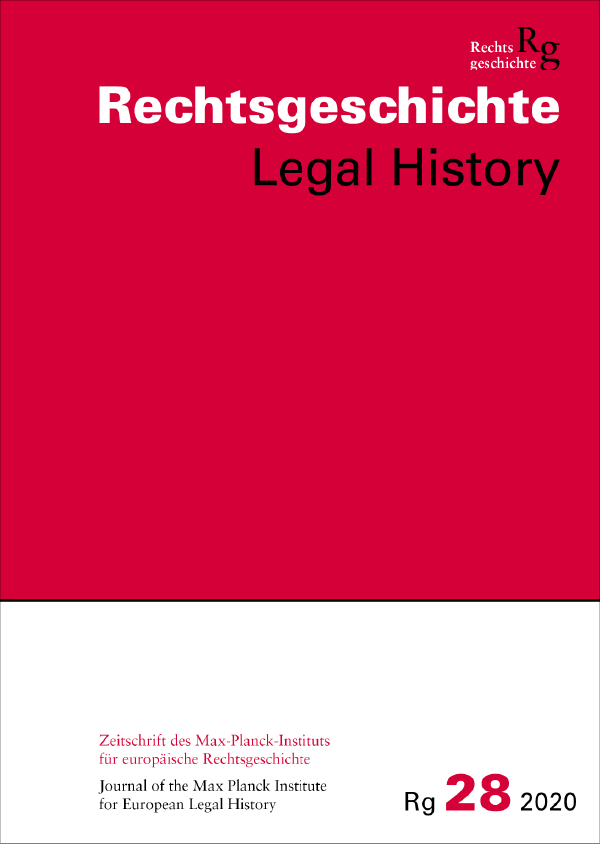Selbstregulierung des Wettbewerbs. Konkurrenz und Kooperation von Sparkassen, Banken und Kreditgenossenschaften im frühen 20. Jahrhundert
DOI:
https://doi.org/10.12946/rg28/215-230Schlagworte:
savings banks, private banks, credit cooperatives, competition regulation, non-state lawAbstract
Since the end of the 19th century, competition between savings banks, credit cooperatives and private banks has intensified. Initially, there was no state regulation of this competition, as there was no corresponding legal framework: only the savings banks were subject to significant state regulation, while private banks and credit cooperatives were largely unregulated. The rules of the 1896 Unfair Competition Law were not specifically tailored to the financial sector, with only the general clause of Section 1 of the Unfair Competition Law playing a (limited) role.
On the other hand, self-regulation of competition has been observed since 1918. In three major agreements (1918, 1928, 1932), the associations of the financial sector concluded rules that mainly concerned advertising and interest rates. However, the state did not remain inactive in this respect. In some cases, it urged the parties involved to reach an agreement, in others it created standards that were concretised by the associations. The article describes how and within which framework conditions self-regulation of the financial sector has come about. It shows which forms of organisation have developed for the setting, concretisation and enforcement of norms. It analyses in which cases and to what extent the state intervened. What becomes visible is a highly complex structure of regulated self-regulation, as was typical in many sectors in Germany in the period after 1918.
Downloads
Veröffentlicht
Zitationsvorschlag
Ausgabe
Rubrik
Lizenz
Copyright (c) 2020 Autor/in

Dieses Werk steht unter der Lizenz Creative Commons Namensnennung 4.0 International.





